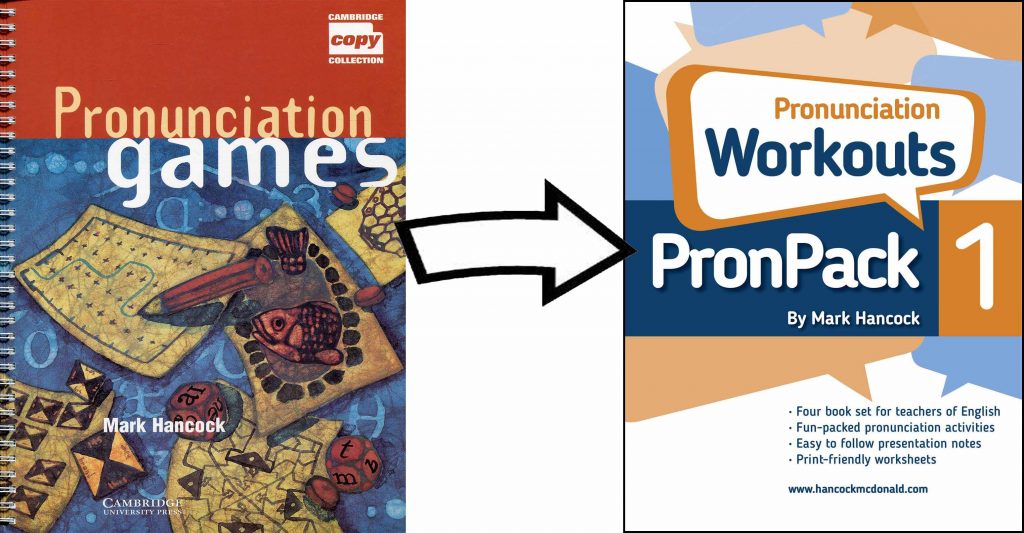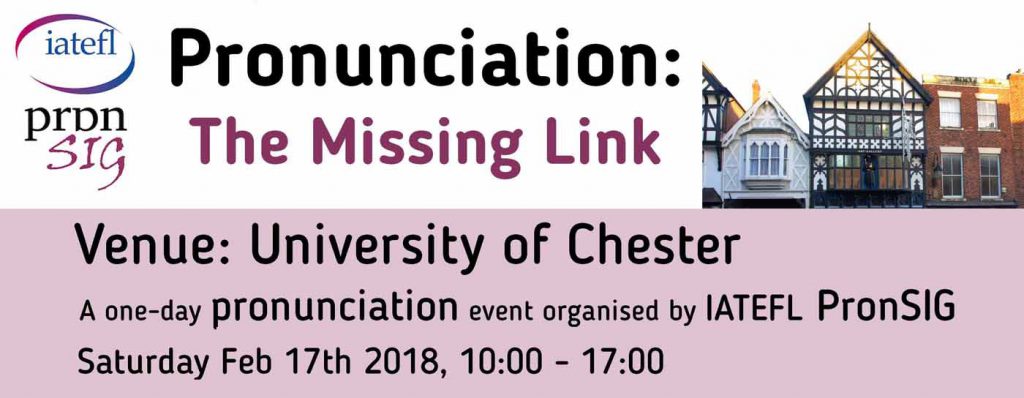
IATEFL PronSIG is holding an event in the beautiful city of Chester on February 17th, 2018. Only 2 hours by train from London, Chester is a place steeped in layers of history, and the event will take place at the city’s University. ‘Pronunciation: the Missing Link’. As the title implies, many of the presentations at this event will be about the link between pronunciation and other areas of language teaching – links which are often neglected.


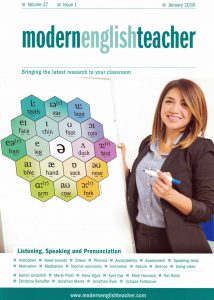
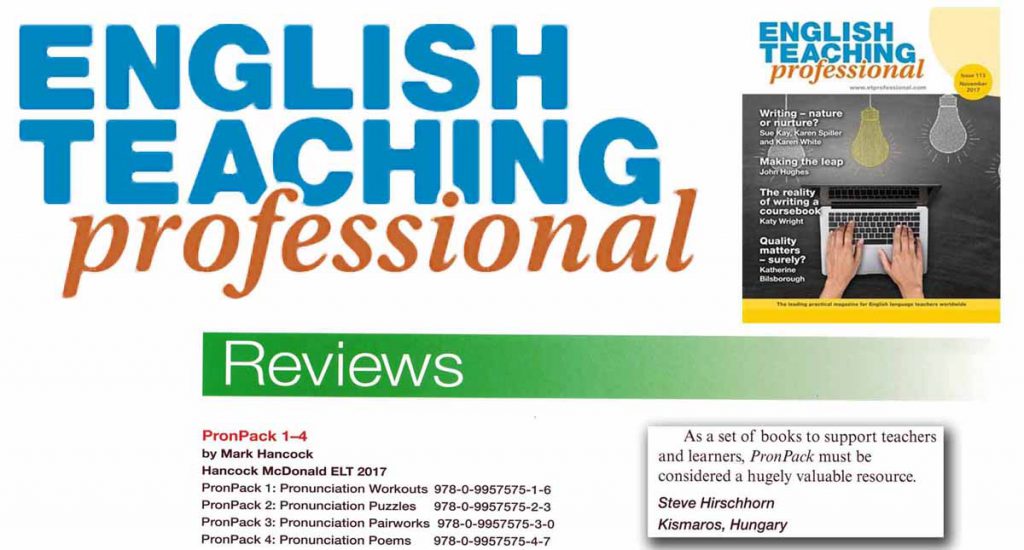
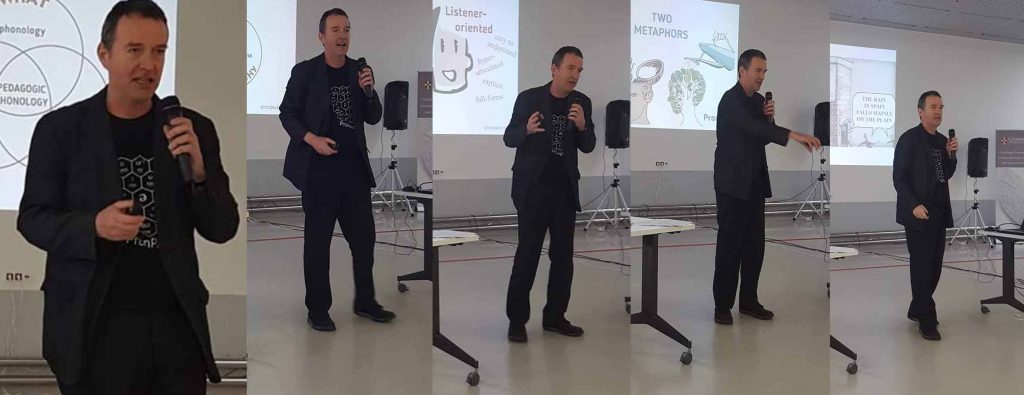
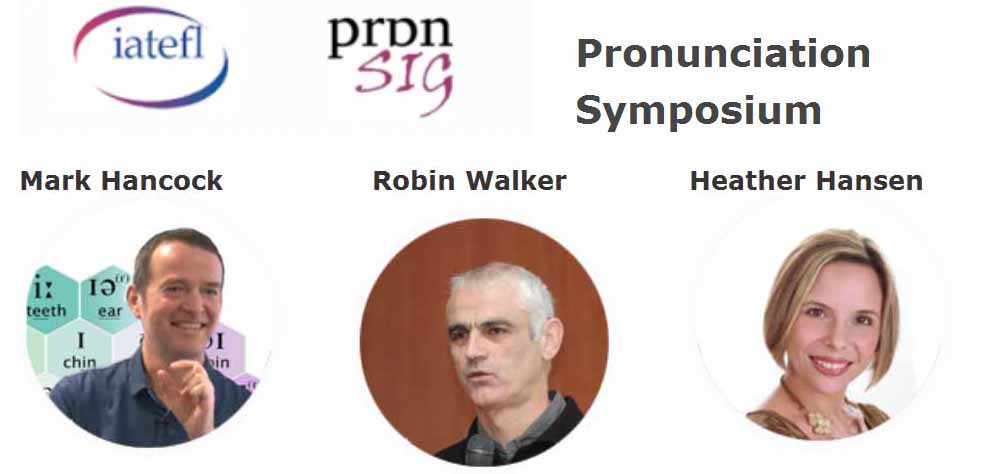
 Mark Hancock at TESOL Italy, Rome, Nov 17th 14:00
Mark Hancock at TESOL Italy, Rome, Nov 17th 14:00

